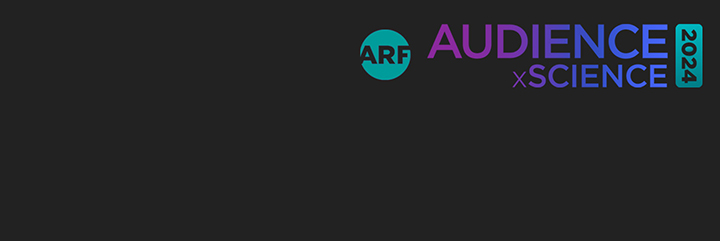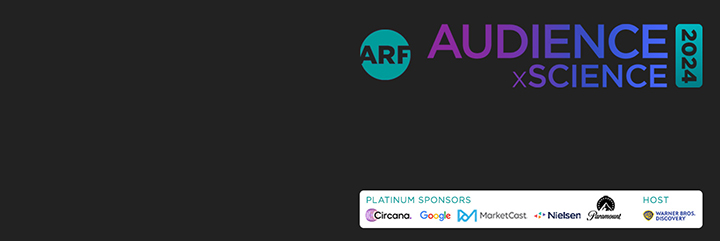- Past Event Highlights
- Article
Emotional Drivers of Long-Term Effectiveness of YouTube Ads
Manuel Garcia-Garcia, Ph.D. – Global Lead of Neuroscience, Ipsos
Ariane Pol – Global Head of Research for Creative Works, Google
Geraldine Rodriguez – Client Manager Applied Research, Ipsos
Can YouTube help drive long-term brand building? How do you measure long-term brand building? When brands want to air strategic long-term campaigns, they typically revert to traditional media. Most people are not in need of a brand’s immediate offering, but they represent the biggest sales opportunity. Ten years ago, the IPA demonstrated that campaigns whose primary focus was emotional were the most effective. Emotions are the fuel that allow high conversion over time. Brands should tap into emotions of consumers that may not be interested in a product now but may be relevant in the future. Ipsos partnered with Google Creative Works to study the observed and declared behaviors. Methodology: A triangulation of methods were used. They were Creative/Spark (market validated KPIs of creative impact); Ipsos Bayesian Nets (models the impact of emotion); Ipsos Emotion Framework (captures emotional responses). Ipsos Emotion Framework defines emotions as physiological changes we experience in response to the environment. These are complex emotions that are heavily driven by culture and context, and they are therefore, not universal. This complicates measuring emotions. While emotions are not universal, we can explain emotions based on valence, arousal and control. This maintains the cultural authenticity but can be compared across cultures. The experimental approach to measuring long-term brand growth included a brand relationship index (BRI), comprised of brand performance = how would you rate [brand] in terms of what you are looking for in a [category] + brand closeness = how close do you feel to [brand]? Findings:- Valence alone explains 28% of variance of long-term brand sales growth for YouTube videos. Highly pleasant residual emotions on YouTube ads have predictive power over long-term brand growth. This works for both YouTube ad formats (skippable and forced).
- Highly pleasant YouTube ads make people willing to pay more, reducing price sensitivity.
- The highly pleasant emotions that correlated with valence were warmth, happiness, calmness, love, nostalgia and excitement.
- Empathy and surprise become important predictors of the brand relationship change index in the long term.
- To analyze how respondents group emotions when reporting how ads make them feel, a sophisticated analytic technique based on Bayesian network was applied. This method shows that ads can awaken different emotions, not just one emotional note. Empathy and surprise are more neutral by nature, and this can lead to either positive or negative emotions. They can be bridge emotions between negative and positive emotions.
- Digital media like YouTube can be a prime brand building vehicle, not only for short-term tactical business objectives.
- Highly pleasant emotions account for 28% of long-term brand growth. Brands should leverage this knowledge to create powerful, emotional storytelling to get closer to current and prospective clients.
- Positive emotional storytelling supercharges performance. It makes people more willing to pay more for a brand.
- Emotional storytelling doesn’t mean focusing on one single tone—brands can experiment with several emotions to create powerful and emotionally stirring narratives.






